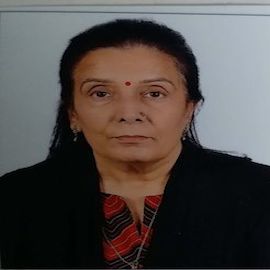
Rhetoric and policy thinking around international trade and women’s economic empowerment are changing. The UN Sustainable Development Goal to ensure that women enjoy equal opportunities in economic life and equal rights to economic resources represents a well-intentioned step toward empowering women economically. Awareness is growing that international markets can expand economic opportunities for women, but concerted action is required to make the most of this potential.
As with most things in life, the devil is in the details. When it comes to international trade, an important detail is that micro, small and medium enterprises (MSMEs) make up more than 95 percent of the firms in any country and generate about 70 percent of employment worldwide.
MSMEs matter a lot for women as well. Across 99 developing countries, 36 percent of MSMEs are partially or entirely owned by women. However, women-owned MSMEs are less present in the “high economic impact” sectors of construction, transportation, warehousing, manufacturing and wholesale trade. In fact, in some developed economies, the share of MSMEs owned by women ranges from three percent to 18 percent in these more profitable sectors. And in international trade, only one in five exporting companies is owned by women.
Does it matter? Yes, because firms that export are more competitive, and by exporting, they become even more competitive. This results in better salaries, better working conditions and greater contribution to domestic growth.
Should we be concerned? Yes, because the underrepresentation of women in international trade is not the result of personal choice. In fact, it’s mostly the outcome of gender inequalities and gender-specific constraints that adversely affect women in trade.
Women entrepreneurs seeking to do business abroad often find themselves at a double disadvantage. They face the same obstacles as their domestically focused counterparts, such as unequal access to banking, finance, land and support networks. But they also face unique challenges associated with cross-border trade. Their companies tend to be smaller — not least because women dedicate more time to non-remunerated family-related activities. Border costs and delays weigh more heavily on small companies than on larger competitors. Evidence from surveys by the International Trade Centre (ITC) shows that women frequently encounter gender-based discrimination when obtaining trade-related paperwork.
Today, almost one billion women are not able to fully participate in the economy. These are women, mostly from developing countries, who will be of working age by 2020, but still lack the required education or training to contribute to their national economy. Many women simply cannot work because of financial, regulatory, familial, logistical or legal constraints. Around 90 percent of the 173 countries examined by the World Bank have at least one law discriminating against women’s participation in the economy. When women are not full participants in the economy, they cannot fully benefit from international trade.
Global Women in Trade Summit 2021 is one of our initiatives that intend to focus on the space for a better future of trade for womenpreneurs.
Participants will exchange information about what has worked — and what has not — in their attempts to encourage women’s participation in the economy. They will also seek to ensure that Aid for Trade pays better attention to its focus and impact on women. Along with this summit, experts will publish a series of articles/ blogs on these and other issues, to be compiled and published on SME Glocal Business March 2021 Edition.
While the potential gains are clear, the level of progress toward women’s economic empowerment remains hugely uneven across jurisdictions. Collectively, there is a long way to go in leveraging the full benefits of trade policies for women and men alike.



























































